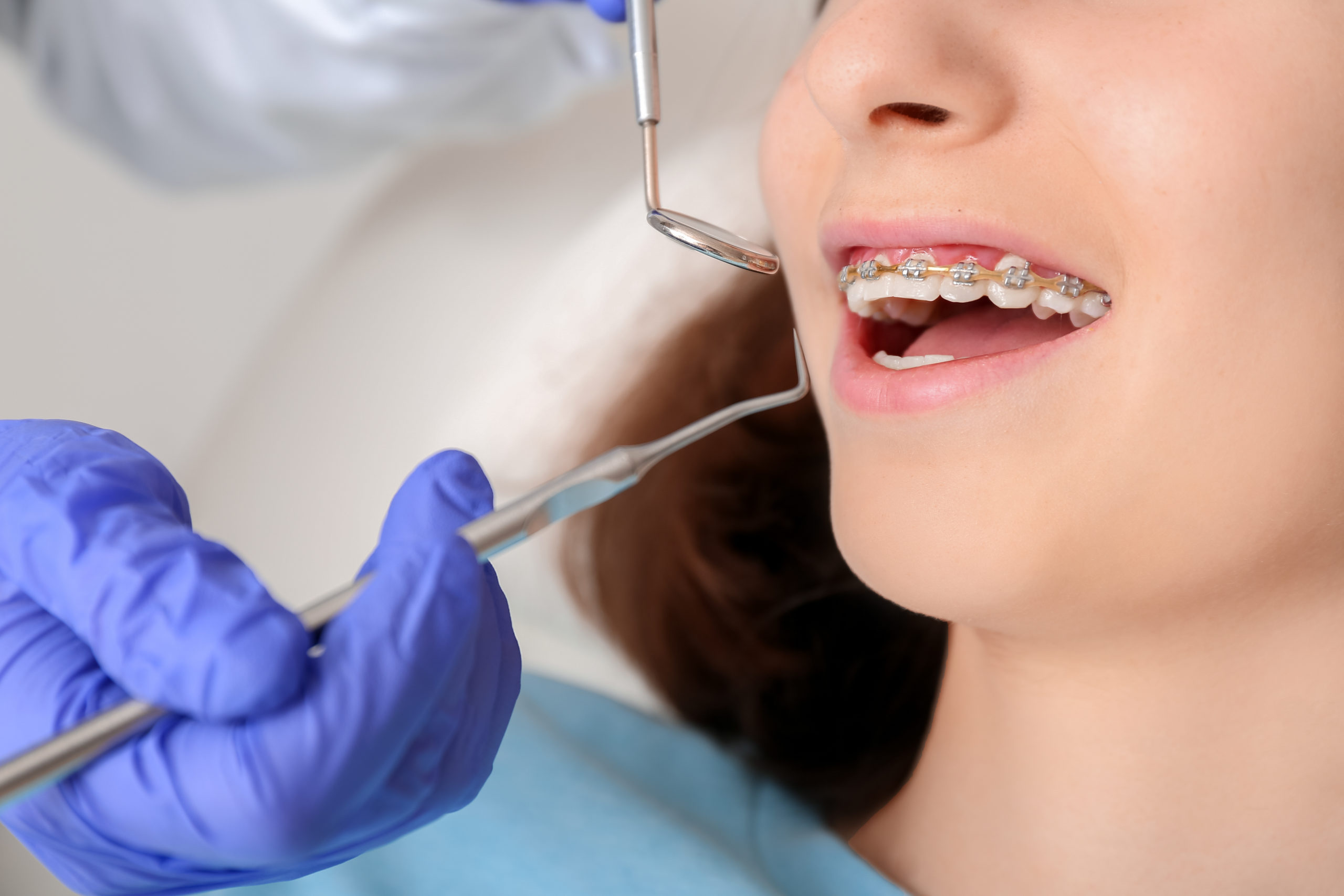Specialist Cumming Braces and Aligners: What to Know Before You See
Specialist Cumming Braces and Aligners: What to Know Before You See
Blog Article
Comprehensive Overview to Orthodontics Procedures for Correcting Oral Imbalances
Understanding the complexities of each procedure, including their mechanisms, advantages, and prospective downsides, is important in making educated choices regarding one's orthodontic therapy. As we browse with the thorough overview to orthodontic treatments for dealing with oral imbalances, the detailed information of each approach will certainly unfold, shedding light on the path toward a useful and unified oral placement.
Orthodontic Procedures Overview

In enhancement to clear aligners and traditional dental braces, orthodontists might also suggest other treatments like headwear, palatal expanders, or retainers to deal with particular placement concerns (orthodontist). These treatments are tailored per client's unique requirements and might involve a combination of therapies to achieve the wanted results. Routine adjustments and surveillance are important components of orthodontic treatment to make certain progress gets on track and to make any needed adjustments along the way. By undergoing orthodontic procedures, people can not only accomplish a straighter grin but likewise boost their overall dental health and feature.
Typical Dental Braces: How They Work
When considering orthodontic treatments for oral imbalances, conventional braces stand out as a reliable technique for fixing teeth positioning. Typical dental braces consist of braces, cords, and bands that work together to use constant pressure on the teeth, progressively relocating them into the wanted positioning. The brackets are connected to the teeth using an unique adhesive, and the cables are threaded via the brackets. By readjusting the stress of the cables, orthodontists can regulate the instructions and force put on each tooth, assisting them right into proper alignment with time.
As stress is used to the teeth via the braces, the bone surrounding the teeth is reshaped to support the brand-new tooth placements. Clients will certainly require normal changes at the orthodontist's office to guarantee the braces continue to use the proper stress for effective teeth movement.
Undetectable Aligners: Pros and Disadvantages
These clear, customized trays are virtually invisible when used, making them an enticing choice for individuals looking for a much more aesthetically pleasing orthodontic therapy. Individuals can get rid of the aligners before eating or cleaning their teeth, minimizing the risk of food obtaining stuck in the device and simplifying the cleansing process.

Surgical Orthodontic Options
Surgical interventions in orthodontics present sensible options for attending to intricate oral imbalances that may not be effectively fixed with standard orthodontic therapies. While undetectable aligners and standard dental braces can deal with several orthodontic concerns, certain cases require surgical intervention to attain optimum outcomes. Surgical orthodontic alternatives are typically recommended for extreme malocclusions, substantial jaw discrepancies, and situations where the underlying bone framework needs modification to attain proper positioning.
One typical surgical orthodontic procedure her explanation is orthognathic surgery, which includes repositioning the jaws to correct useful concerns such as problem talking or eating. This surgical procedure is usually done in partnership with an orthodontist who aids line up the teeth before and after the treatment. Surgical orthodontics may additionally entail treatments to expose impacted teeth, get rid of excess gum cells, or reshape the jawbone to create an extra harmonious face account.
Before taking into consideration medical orthodontic options, patients undertake a detailed assessment to determine the need and potential advantages of such interventions. invisalign. While surgery may seem overwhelming, it can considerably improve both the function and appearances emergency dentist around me of the smile in instances where traditional orthodontic therapies fail
Retainers and Post-Treatment Treatment

Failure to conform with post-treatment treatment guidelines can result in regression, where the teeth progressively relocate back in the direction of their initial placements. Regular retainer wear, excellent dental health, and normal oral exams are important for preserving the results accomplished through orthodontic surgical treatment and making sure the long-lasting stability of the fixed dental positioning.
Final Thought
To conclude, orthodontic treatments use different choices for remedying dental misalignments. Traditional braces utilize metal brackets and cords to change teeth right into appropriate alignment. Invisible aligners supply a more discreet choice yet might not be appropriate for all cases. Surgical orthodontic alternatives are readily available for a lot more serious misalignments. Retainers are commonly made use of post-treatment to preserve the new alignment. Generally, orthodontic procedures can effectively boost oral health and wellness and aesthetic appearance.
As we browse through the thorough overview to orthodontic procedures for remedying dental imbalances, the elaborate information of each method will certainly unfold, dropping light on the path towards a useful and unified dental positioning. - cumming orthodontics
One of the most typical orthodontic treatments is the use of braces, which are composed of steel braces and cords that apply gentle pressure to slowly change teeth right into the preferred position.When considering orthodontic therapies for dental misalignments, traditional braces stand out as a tried and true method for fixing teeth placing. In addition, unnoticeable aligners might not be ideal for complex this website orthodontic problems that require more considerable teeth motion, as they are typically recommended for mild to modest instances. Retainers are custom-made orthodontic devices created to hold teeth in their dealt with positions after the completion of orthodontic treatment.
Report this page